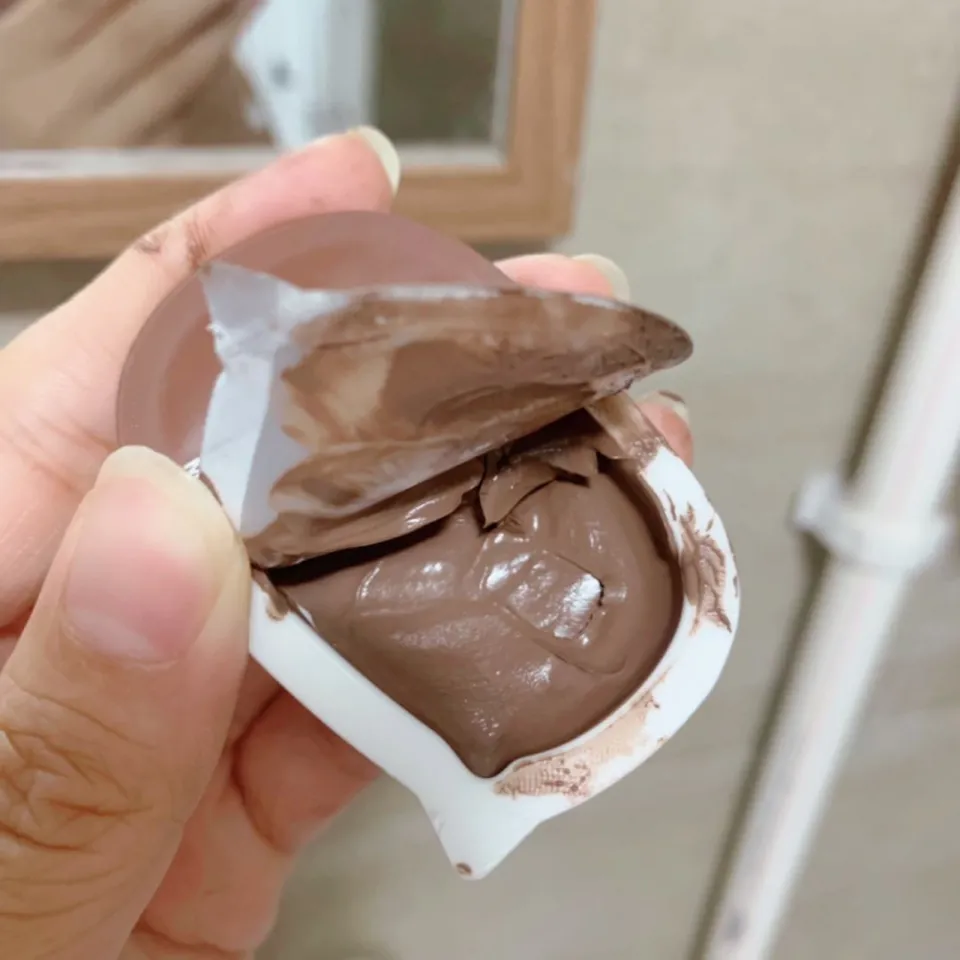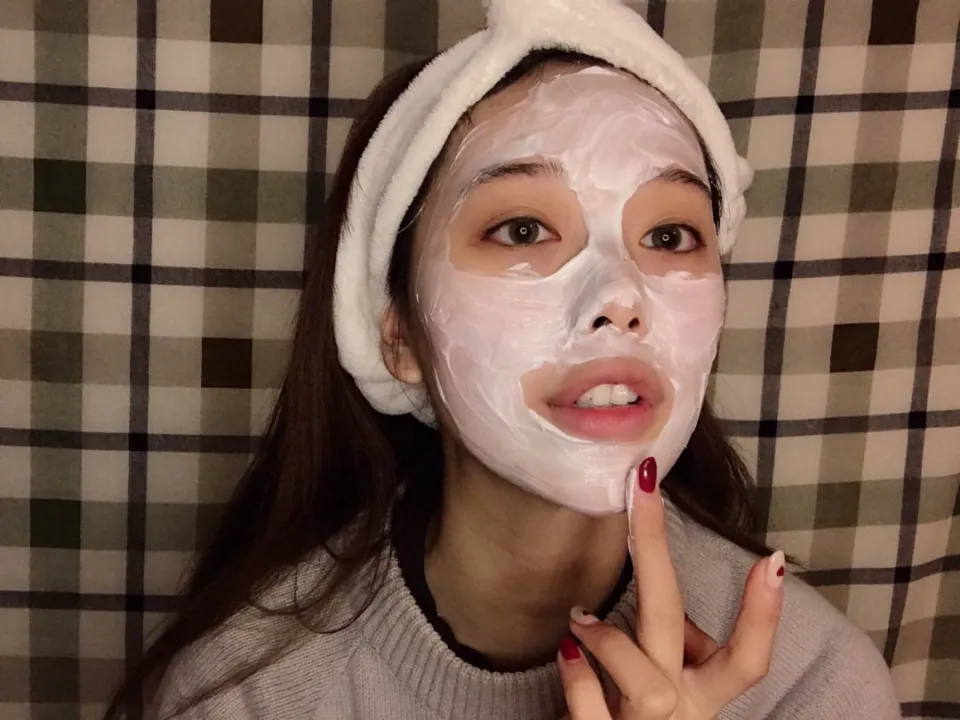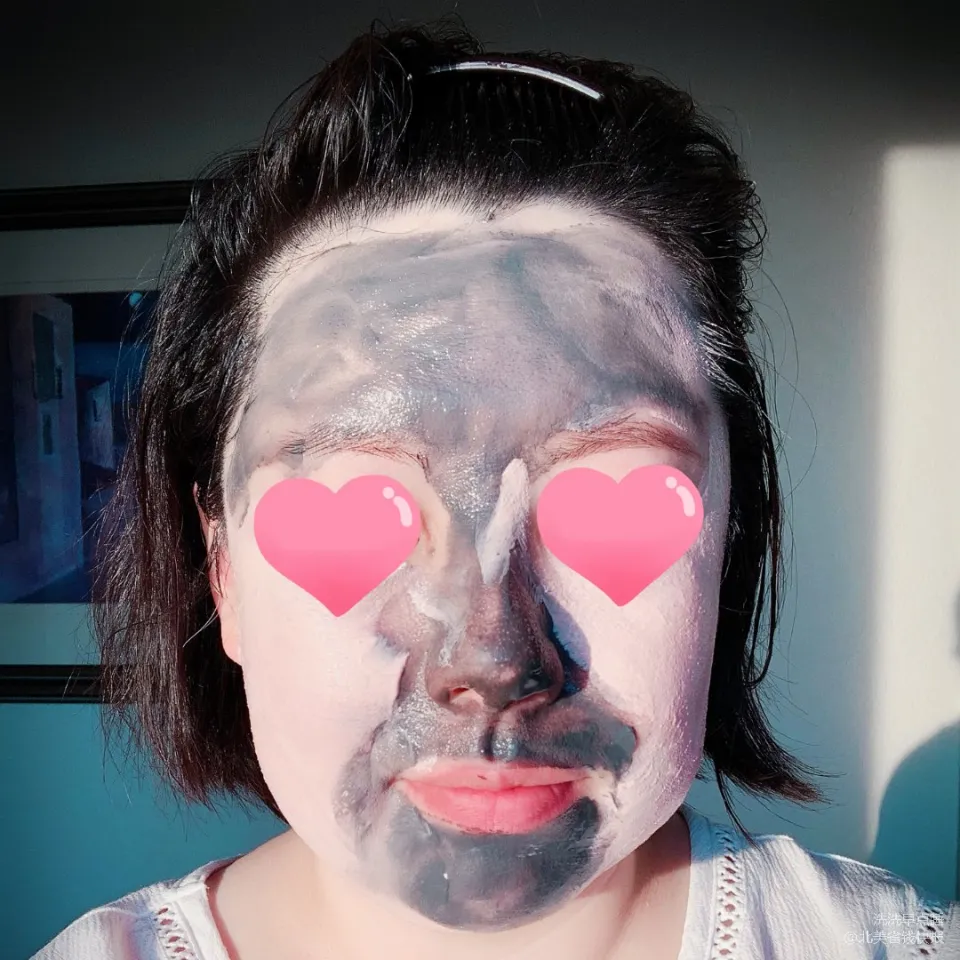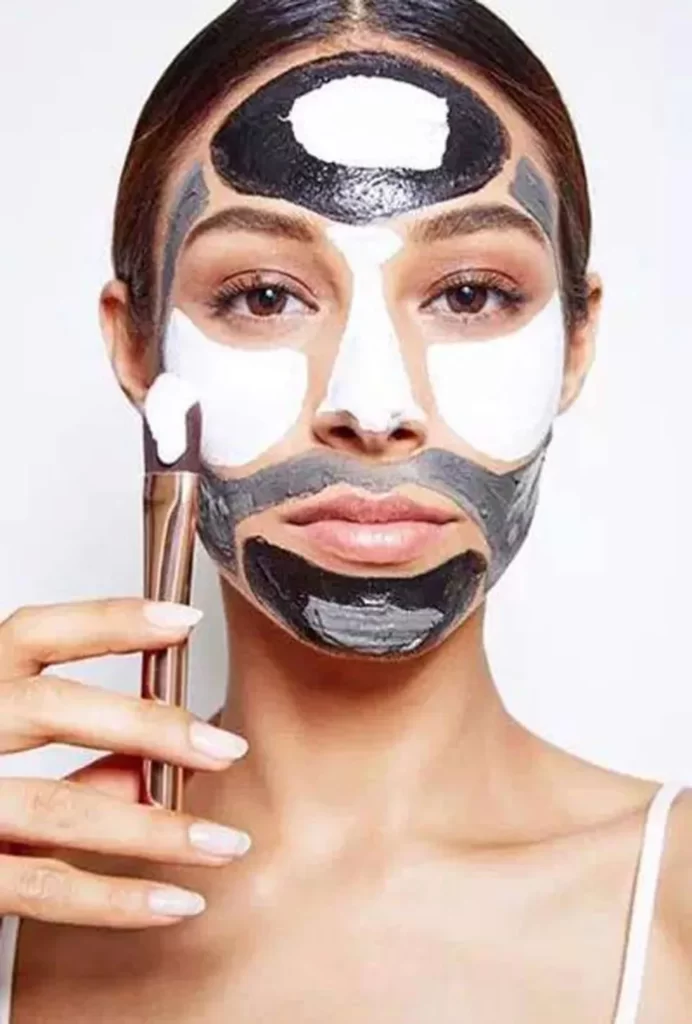
What Is Multi-Masking – Multi-Mask for Better Results
Blemish-prone skin, mature skin, oily skin, and dry skin… It’s not really that easy for a lot of us, though! Different parts of the face can have different concerns, and there is no “one size fits all” rule when it comes to skincare. Targeting these issues and giving your skin what it needs where it needs it is made easy with multiple masks.
To multi-mask with the aforementioned face masks, apply your preferred face mask to various parts of your face, let it sit for 10 to 15 minutes, then rinse with warm water and pat your face dry.
If you’re currently wondering, “what is multi-masking?” we’ll fill you in. The name alone gives you a lot of information, but there’s more to it than just applying several masks to your skin. Continue reading to find out more about this fashion trend and how to use our favorite Kiehl’s face masks to multi-mask.
Targeted Skincare for More Precise Results

Your nose, forehead, and chin may appear shiny if your skin tends to produce more sebum in the T-zone. If so, find a mask made to balance skin’s pH, control sebum, and purify skin. Then, apply it solely to the T-zone.
Use a calming, rehydrating mask on your cheeks if they are frequently dehydrated to relieve and comfort your skin.
Choose a mask with a smoothing and astringent effect if you notice that your pores are too visible in some areas. This will help to tighten pores and mattify skin.
In order to achieve the best results, multi-masking uses specialized masks for each area of your face.
Read More: Simple Ways to Get Permanent Marker off Skin
Why Multi-mask

Are your cheeks feeling tight or dry but you have hormonal acne along your jawline? Do you want to minimize forehead wrinkles but still experience blackheads and congestion around your nose and chin? Want to promote a youthful glow while reducing redness and sensitive skin?
While it’s important to pinpoint your skin’s natural tendencies to help you pick the most effective facial mask (prone to dry patches or to producing oil or to pigmentation), the reality is: skin is always changing – and categorizing your skin as a certain type can sometimes be limiting and even misleading. Your skin’s condition can change as a result of a wide range of internal and external factors, including the environment, your diet, your level of stress, how well you sleep, your hormone levels, your genetics, your medications, and more.
Although we try our best to achieve inner wellness, this method of masking aids in reestablishing equilibrium on the outside. The diverse, dynamic nature of your skin can be powerfully supported by the use of multiple masks. By applying different masks to different areas of the skin, you’re able to specifically support unique skin needs – all at the same time.
How-to Multi-mask

One-and-done masking isn’t always the best approach. Let your skin guide you in selecting the masks that are most supportive for your current skin condition depending on the day, the season, your monthly cycle, or the special occasion.
Here’s how to do it.
After cleansing, look closely at what you’re observing on the surface of your skin and start to reflect on what you’re seeing: larger and more obvious pores. Spots of hyperpigmentation? Red, swollen areas? Glow from within? Smile lines? Worry lines? You can select a clarifying mask, calming mask, or hydrating mask depending on what you see! Below are even more tips for pinpointing your skin state and picking the most supportive masks:
Oil-rich/Acne-prone:
Your pores are noticeably bigger on your forehead, nose, chin, and cheeks, and your skin is more prone to breakouts and inflammation. It also tends to produce too much oil.
To remove dull, dead skin cells, draw out impurities, and clear the pores in these areas, use a clarifying clay mask. In addition to promoting detoxification and absorbing + balancing excessive oil production to lessen buildup and breakouts, clarifying mask formulas contain mineral-rich clays.

Sensitive/Damaged:
With visible pore size variations across the face, your skin frequently feels reactive, dry, sensitive, or appears red and inflamed.
Applying a facial mask that is more regenerating forms a shield and offers prompt relief for inflammatory skin conditions. The skin’s healing process is sped up by soothing masks that deeply nourish delicate skin and deliver concentrated calming herbs directly to the skin.
Dry/Mature:
Your face’s pores are less noticeable, and your skin tends to feel tighter, dryer, more sensitive, or showing signs of aging like fine lines and hyperpigmentation.
Applying a nourishing facial mask can provide an instant boost of skin-loving vitamins (like A and C) to encourage collagen production and stimulate cell renewal, revealing a more radiant, youthful complexion. Infusing the skin with moisture, and hydrating ingredients help to minimize the appearance of fine lines and other aging signs, and they also encourage a naturally plump appearance.
Should You Try Multi-Masking?

Anyone can use multiple masks. All you have to do is choose face masks that are appropriate for your skin type and issues (more on that later). While everyone can gain from multi-masking, people with combination skin can benefit most. This method is for you if you have trouble choosing a mask that addresses all of your skin’s needs.
How Often Should You Multi-Mask?
The practice of multi-masking is uncommon. The majority of face masks are designed to work best when applied three times per week or less. You can employ this masking technique a few times per week if your masks fit this description. You can also reserve it for special occasions or times when you need more self-care. It’s one of our favorite ways to treat ourselves to at-home spa days and DIY facials.
Are There Alternative Ways to Multi-mask?
Applying multiple masks to various parts of the face simultaneously is the most well-known, conventional method of multi-masking. This technique allows you to target various facial regions according to the skin issues present there. For instance, if your cheeks are always dry and flaky but your t-zone (forehead, nose, and chin) tends to be oilier, you could apply the Cucumber Cooling Mask to the cheeks and a clay-based mask to the t-zone.
NOT! Well, it is, with the exception of a crucial problem—the length of time each mask should be left on the skin can significantly vary, and if not removed at the appropriate time, it can result in skin issues you didn’t ask for! Here’s why: you shouldn’t leave a clay-based mask on the skin for more than three minutes because you don’t want it to dry and tighten. Dehydration is brought on by clay-based masks once they have dried because they start to draw moisture from the skin. Along with flakiness, this lack of hydration can irritate the skin and signal the pores to produce more oil in order to make up for it, which can result in breakouts or excessively oily, unbalanced skin.

Conclusion
To avoid doing more harm than good, don’t forget to follow the instructions for each of your masks as they may have different wait times. For example, a clay mask shouldn’t be worn for too long. Take a look in the mirror after you have taken everything off. Hopefully, your skin has a more youthful glow to it.
FAQs
Can I Do Multiple Face Masks?
Double-masking or multi-masking are the terms used to describe it. By using multiple masks, you can maximize the results of your skin care regimen. There are two ways to double-mask: spot-mask, which involves simultaneously applying various masks to different parts of your face.
Can You Use 2 Face Masks at Once?
It enables you to take care of numerous skin issues at once. For instance, if your nose, chin, and forehead are oily but your cheeks are dry, you can use an oily skin mask on those areas while using a hydrating mask on the rest of your face.
What Are the Benefits of Multi-masking?
One of the best advantages of multimasking is that you can treat yourself to a spa-like experience at home without stressing out about whether a mask is appropriate for specific parts of your face. For example, let’s say your cheeks are dry and flaky but your T-zone is extremely oily.





Average Rating